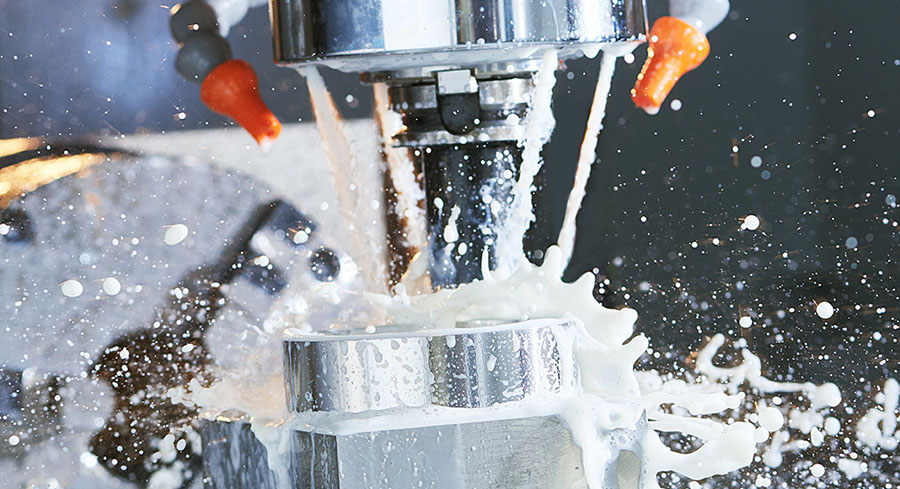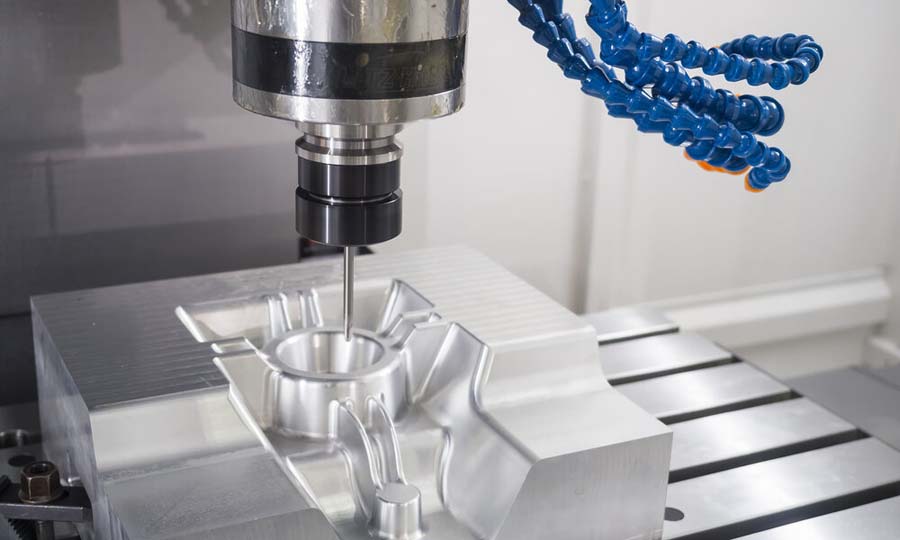Many engineers may know that CNC machining is the most commonly used method in prototype manufacturing due to its speed and versatility. However, certain decisions may add preventable costs to your parts. So this article will talk about ways to reduce the cost of CNC prototype manufacturing.
List Of Main Costs For CNC Prototype
In order to understand how to reduce the cost of prototype machining, let us first look at the list of major expenses.
Bulk Metal
The basic principle of custom CNC machining is that, first, you need a large piece of metal to cut. In prototyping and low-volume industries, the so-called pumps or blanks are actually much larger than the total mass of the final part (up to 5 times in some cases). This is why it is important to choose the right alloy, because you actually pay 3-4 times the quality of the part.

Set Time
Once the technical drawings enter the CNC service, there will inevitably be a preparation stage when preparing processing equipment, writing NC programs, manufacturing or assembling tools.
Machining Time
After the preparation work is completed, start processing. The main parameter in the CNC rapid prototyping process is the total time required for the process. It includes the time for actual cutting, tool change, parts loading and unloading, and the time required for CNC machine tool parts to move between machine tools when necessary. This cost is by far the largest on the list, and it is absolutely necessary to reduce processing time.
Extra Time
Due to documentation, transportation, etc., any type of manufacturing process has some unavoidable management suspensions. These are all up to the rapid prototyping part manufacturer, so you must choose carefully and ask them how long it takes to sign a contract or ship the CNC custom machined parts to your location.
Save The Cost Of CNC Prototype
Therefore, after analyzing all the expenses that affect the final CNC rapid prototyping cost, we can draw conclusions and list some tips to help you reduce the CNC molding cost of your project.
Choose The Right Metal Material
Many beginners don’t really think about the material. They either use the default construction steel or use cooler materials such as titanium or stainless steel to prevent rust. Both choices may be wrong or correct. What you should understand here is that the price of the alloy is not the deciding factor. Another problem is that when you need some special properties of the material, for example, to make it able to withstand high temperatures, but you choose a higher grade material than possible. For example, you need 800 degrees Celsius, and you choose 950 degrees, this material is more difficult to process and more expensive, but does not require an additional 150 degrees.
Generally speaking, metal is more expensive than plastic. The machinability of the metal also affects the cost of the prototype-materials with poor machinability require more time, tools, and money to process, which in turn increases costs. In addition, please consider the properties of your component and its future applications, such as how hot it will become or whether it needs rust prevention. Be as accurate as possible and don’t overshoot. For example, if plastic can provide the strength you need, use that material instead of steel to reduce costs.
Avoid Thin Walls And Deep Pockets
CNC prototyping involves a lot of force and friction. The cutting force must be great to cut a piece of steel or other alloys. This power is not only applicable to cutting. If the tool is blunt or the cutting parameters are too large, the part itself may bend a little. If the part has a lot of metal and is very rigid, you can ignore this, but the thinner and longer the part, the more you will notice the deformation caused by the cutting force. Reducing cutting parameters can offset it to a certain extent, but this will lead to an increase in machining time. Therefore, prototype machined parts should have thicker walls.

Avoid Unnecessary High Precision Tolerances
Similar to complexity, tolerances push up the price of CNC manufacturing. CNC machining is designed to support incredible precision, and can produce parts with very small tolerances, without too much room for maneuver. However, the tighter and more precise your part tolerances are, the more you will have to pay during the prototyping process.
CNC machining has the ability to produce incredibly fine tolerances with very high accuracy. Although ultra-tight tolerances help create consistent and fully functional components, CNC prototypes often do not require fine tolerance standards. In the rapid prototyping process, adherence to fine tolerances will increase CNC machining costs. Use medium, coarse or very coarse tolerances to reduce the cost of rapid prototyping in CNC machining.
Avoid Complicated Designs
Don’t try to make more parts than they need. Maximizing the use of materials can cause workpiece clamping or machining problems, which can increase costs. If the design becomes too complicated, consider breaking it down into different parts and assembling them with fasteners.
We hope these techniques will help you save the cost of CNC prototyping. Switching to materials that are more machine friendly or cheaper is one of the best ways to stay within the budget (assuming it meets the requirements).


